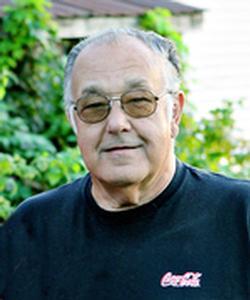


They are expansive and odd in how I’ve found that they’re able to shift the paradigm through which I see the world, if only slightly.įinally, I admire and appreciate the message that he conveys about the land we live on. He does so through simile, metaphor, and other literary devices but his connections serve as more than just a writing technique. The next thing about Galvin’s writing that called out to me was the way that he brings pieces of the world together. Similarly, the first page of the book discusses the Poudre and Laramie rivers and other Coloradan landmarks. In fact, the meadow that the book rests on is not too far from Fort Collins. Firstly, and most superficially, it takes place on my, our, turf– the Front Range. There are several things that really drew me to this book. In my class we’re reading The Meadow, a book consisting of interwoven prose/poetry blocks telling the true (but also partially fictionalized) story of the land of Northern Colorado and a set of people who once resided on it. He’s one of those writers who defies classical categorization or labels, a quality which is embodied in his work as well. Galvin was brought to my attention only a few days ago when we spent a class period discussing him in my E403 class, Writing the Environment.

He has written seven books of poetry, most recently Everything We Always Knew Was True (2016), one novel, and a weird hodge-podge mix called The Meadow. James Galvin, born in 1951, is a poet, novelist, and instructor.


 0 kommentar(er)
0 kommentar(er)
